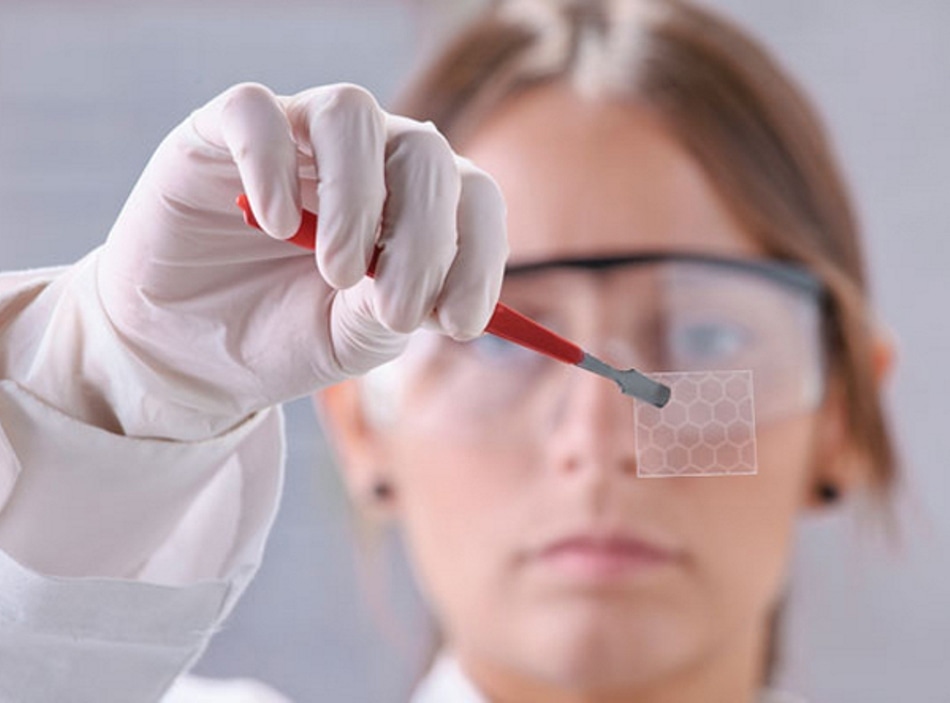Jan 9 2019
A research team based at The University of Manchester has discovered a novel, low-cost technique for creating graphene printed electronics which considerably expedites and lowers the cost of conductive graphene inks. The study has been reported in Nature Communications.
 (Image credit: National Physical Laboratory)
(Image credit: National Physical Laboratory)
Printed electronics bring innovation to the penetration of information technology into daily life. The spread of the internet of things, or IoT, applications will be further promoted by the prospects of printing electronic circuits.
There has been a rapid growth in the advancement of printed conductive inks for electronic applications, extending applications in sensors, transistors, wearable electronics, and antennas RFID tags.
Metal nanoparticles are traditionally used by present conductive inks for their high electrical conductivity. Yet, these materials can be costly or can be easily oxidized, rendering them unsuitable for low-cost IoT applications.
The researchers have found that the so-called material “dihydrolevogucosenone,” also referred to as “Cyrene,” is sustainable, non-toxic, and environmentally friendly. It can also offer higher conductivity and concentrations of graphene ink.
This perhaps is a significant step towards commercialisation of printed graphene technology. I believe it would be an evolution in printed electronics industry because the material is such low cost, stable and environmental friendly.
Kewen Pan, Study Lead Author, National Physical Laboratory.
The National Physical Laboratory (NPL), which handled the measurements for this study, has collaborated with the National Graphene Institute (NGI) at The University of Manchester to offer a materials characterization service and thus provide the missing link for the industrialization of 2D materials and graphene. A good practice guide, jointly published by NPL and NGI, aims to deal with the ambiguity surrounding the way graphene’s properties are measured.
Materials characterisation is crucial to be able to ensure performance reproducibility and scale up for commercial applications of graphene and 2D materials. The results of this collaboration between The University of Manchester and NPL are mutually beneficial, as well as providing measurement training for PhD students in a metrology institute environment.
Professor Ling Hao, Scientist, National Physical Laboratory.
Graphene has the capacity to produce futuristic electronics that are presently restricted to science fiction: flexible wearable electronics, bendable phones, faster transistors, and semiconductors.